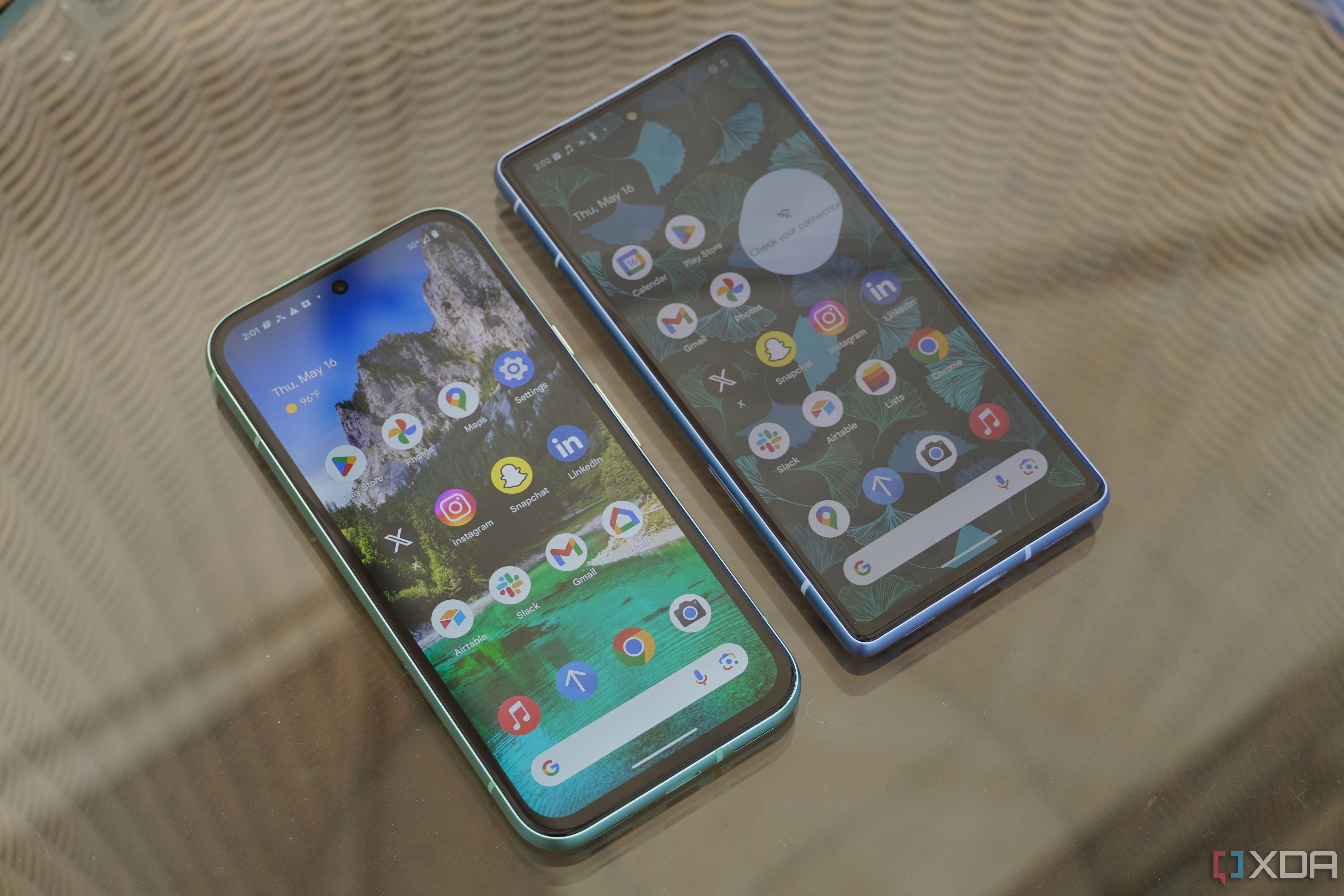- cross-posted to:
- android@lemdro.id
- android@lemmy.world
- cross-posted to:
- android@lemdro.id
- android@lemmy.world
cross-posted from: https://programming.dev/post/17508868
When Google, along with a consortium of other companies, announced the open-source operating system we call Android way back in 2007, the world was paying attention. The iPhone had launched the same year, and the entire mobile space was wary of the rush of excitement around the admittedly revolutionary device. AOSP (Android Open Source Project) was born, and within a few years Android swallowed up market share with phones of all shapes and sizes from manufacturers all over the globe. Android eventually found its way into TVs, fridges, washing machines, cars, and the in-flight entertainment system of the Boeing 787 Dreamliner.



We still do have custom versions of AOSP, such as lineage OS and graphene OS. However, with the difficulty to install them, most people will choose not to, but the people who really want their privacy and open source will go through the hassle of installing them.
GrapheneOS is ridiculously simple.to install. EnableOEM unlocking, boot to fastboot, connect to PC. Then you press four buttons (wait for the buttons to say they’re done) on a browser. Super simple.
Granted, it’s harder than picking up your phone and using the OEM install, but that doesn’t make GrapheneOS difficult to install. The days of using exploits, flashing a custom recovery, flashing a zip, then flashing another for Gapps, maybe one for a kernel, etc…those days are over if you’re using a Pixel with GrapheneOS.
https://grapheneos.org/install/web